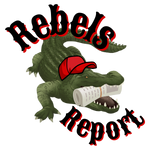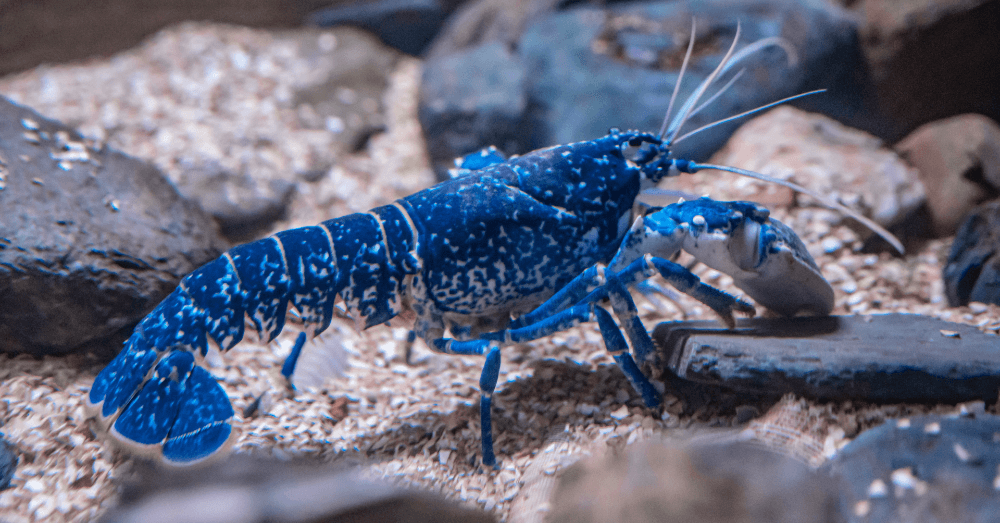Animals are amazing creatures, and they are known to adapt to their environment and situation. This has caused some of the strangest animal mutations ever found.
Some of these odd changes are so strange that you will wonder if the animal is real or the product of AI. The mutations are extremely rare and make some animals change and behave much differently than expected, somewhat challenging the laws of nature. The strangest animal mutations show how unpredictable and odd evolution can be at times.
Regrowth in Axolotls
It’s common for some lizards to be able to regrow their tails. This is a defense mechanism, allowing the creature to escape predators by shedding the tail. Most lizards can only regenerate their tails, but axolotls can regrow nearly every part of their bodies. They have been known to regrow lost limbs, parts of their spinal cords, and even heart tissue. The genetic makeup of these creatures allows the repair of damaged cells without forming scar tissue. This means axolotls can survive injuries that would be fatal to most other animals, causing scientists to study them, hoping to unlock similar abilities for human medicine.
Extra cat paws
Some cats are born with extra toes on their paws. This doesn’t cause any health risk to the cats, but it gives them the appearance of having a pair of mittens on their feet instead of regular cat feet. This is one of the strangest animal mutations in the modern world and is called polydactyl. In some cats, this can occur on both the front and back paws, giving these cats six or seven toes on each foot. These cats were beloved by Ernest Hemmingway, who famously kept several polydactyl cats.
Going albino
One of the most interesting occurrences shared by some humans and many animals is the phenomenon known as albino. This is the result of a genetic mutation that prevents the production of melanin, which is the pigment responsible for skin, eye, and hair color. These animals can appear completely white or pale. It’s been known to occur in alligators, snakes, and tigers, making them appear bright and light-colored. Albinos are rare in the wild because the mutation makes animals more vulnerable to predators because it removes their natural camouflage.
Mules are mutants
Mules are forged genetic mutations and might not be considered one of the strangest animal mutations in the world, but they are interesting. Mules are a hybrid offspring of a male donkey and a female horse and mix the positive traits of both animals. Mules have the strength and sturdiness of a donkey and the speed and endurance of a horse. They can carry heavier loads than horses, but due to the genetic mutation, most mules are sterile and cannot produce offspring.
Hairless dogs
Some dog breeds are purposely bred without hair to give people pets who would otherwise be allergic. Some of these hairless dogs have distinct and interesting skin patterns, which is the result of genetic mutations that prevent hair from growing. These dogs often have wrinkled, exposed skin and require special care to avoid irritation, but they can be great pets for people who would otherwise be unable to own a dog because it’s the hair and dander that most people are allergic to, not the actual animal.
Giant creatures
This mutation isn’t speaking of a massive creature from the deep meant to swallow the world, but simply larger animals than most others of the same species. Among the strangest animal mutations, giantism leads to excessive growth and can occur in several animal species, from elephants to cats. One of the most popular examples is the giant rabbit, which is much larger than its normal-sized counterpart due to the genetic mutation that affects its growth hormones. These large animals can be a sight to see, but larger sizes can often lead to health complications.
Blue Lobsters
Most lobsters are reddish-brown in color or green when cooked, but some are born with a genetic mutation causing them to be blue. This mutation is found in the proteins in their shells, which creates the blue color. Like albino animals, blue lobsters are extremely rare and can become easy prey in the wild because they stand out from the rest of the species. Only about one in two million lobsters will exhibit this striking color.
These are only a few of the strangest animal mutations found in nature or created for a purpose. What animal mutations have you found to be odd or strange?

